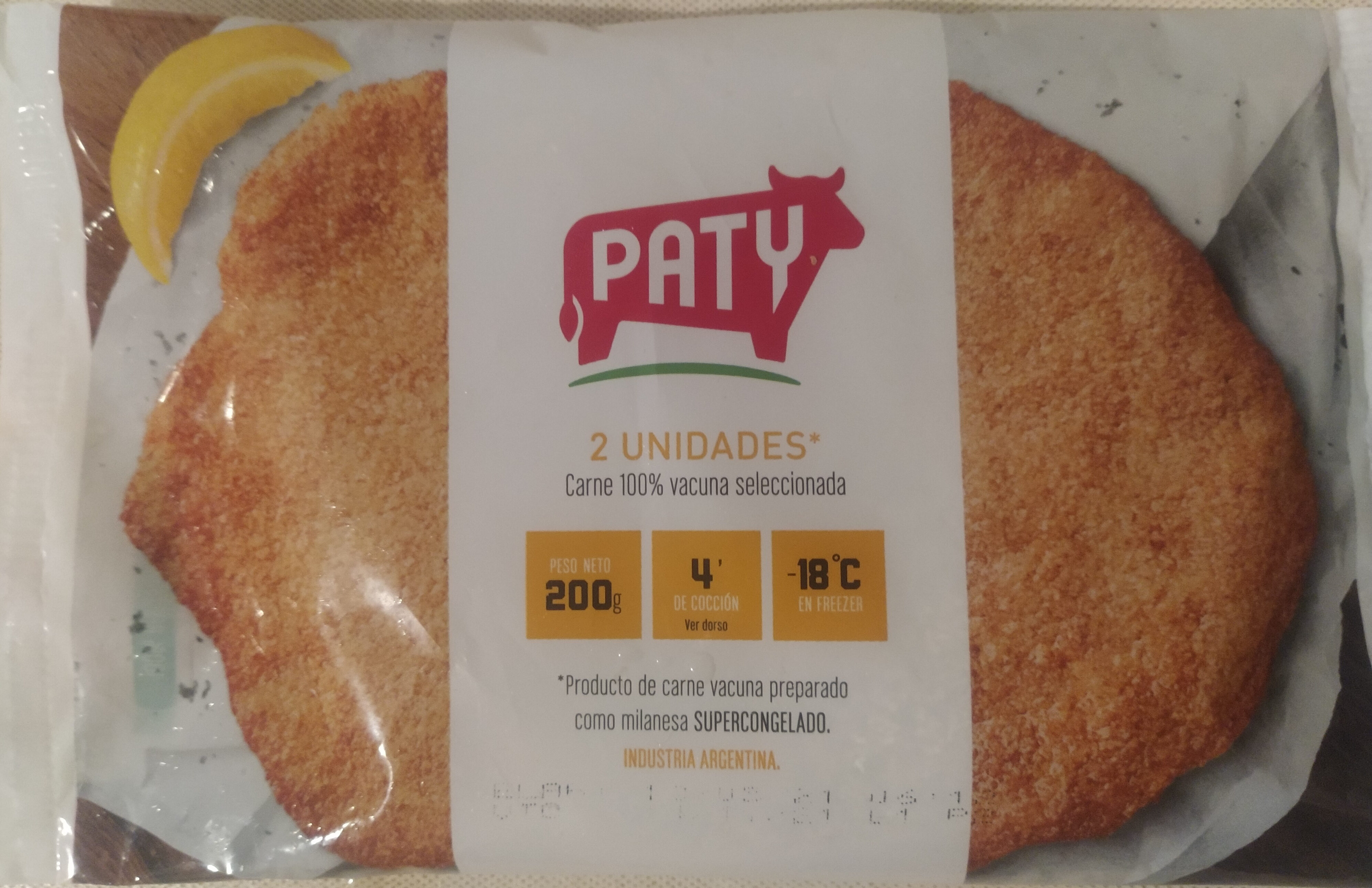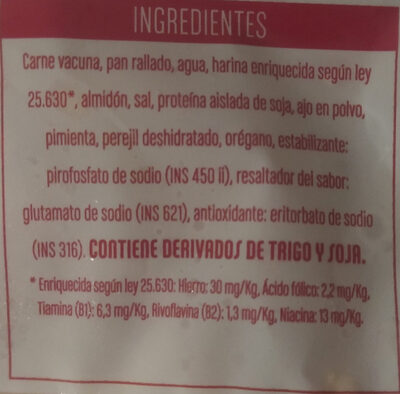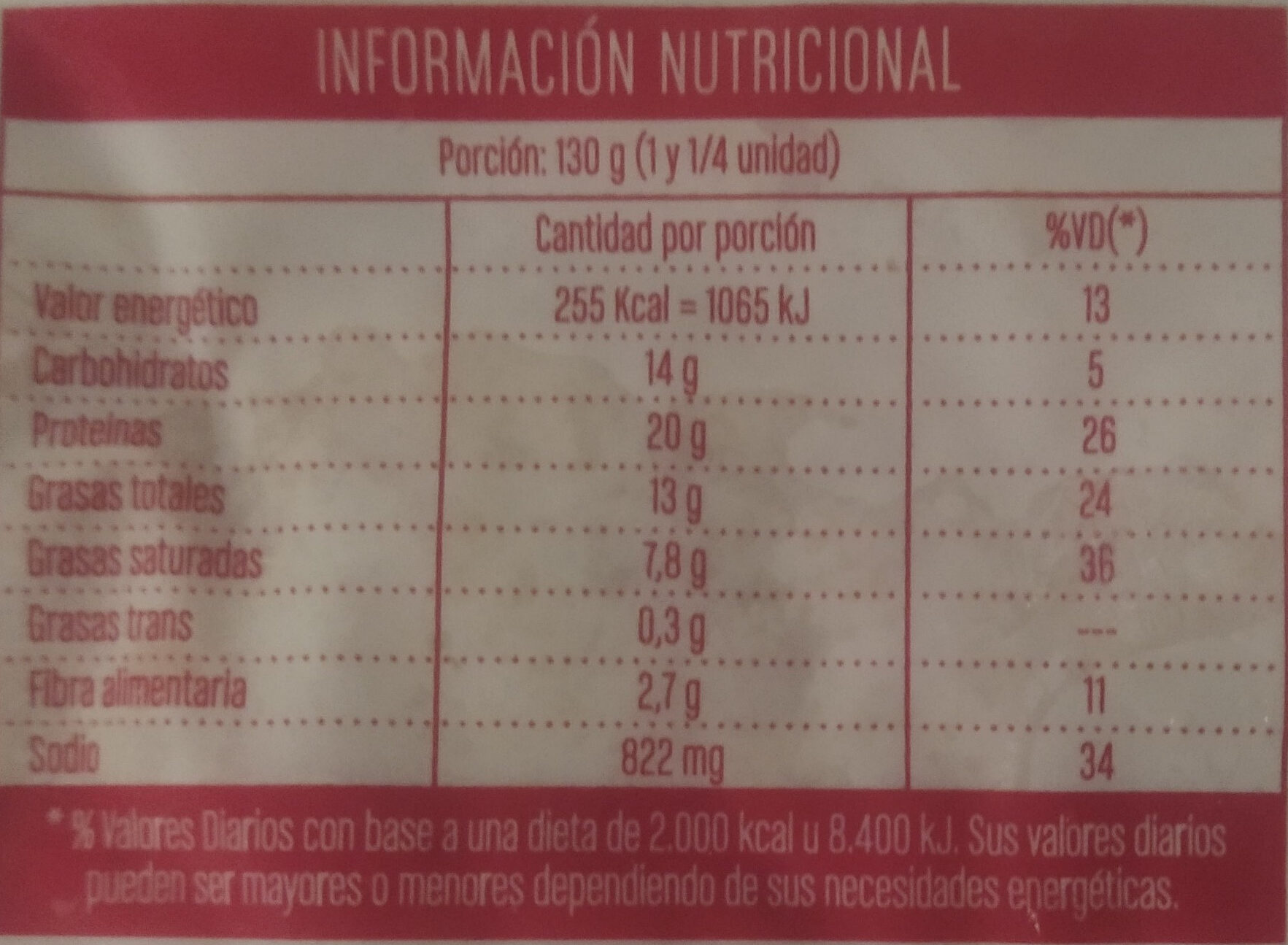Paty Medallón rebozado - 200 g
This product page is not complete. You can help to complete it by editing it and adding more data from the photos we have, or by taking more photos using the app for Android or iPhone/iPad. Thank you!
×
Barcode: 7790670050957 (EAN / EAN-13)
Common name: Producto de carne vacuna preparado como milanesa Supercongelado
Quantity: 200 g
Packaging: Plastic
Brands: Paty
Categories: Meats and their products, Beef and its products, Frozen foods, Meats, Beef, Frozen meats
Origin of ingredients: Argentina
Manufacturing or processing places: Argentina, Santa Fe
Traceability code: SENASA 1014/108445/2
Link to the product page on the official site of the producer: https://www.paty.com.ar/productos/medall...
Stores: Buenos Días
Countries where sold: Argentina
Matching with your preferences
Report a problem
Data sources
Product added on by sharechk
Last edit of product page on by packbot.
Product page also edited by openfoodfacts-contributors.












